
Copernical Team
NASA is locating ice on Mars with this new map
 Buried ice will be a vital resource for the first people to set foot on Mars, serving as drinking water and a key ingredient for rocket fuel. But it would also be a major scientific target: Astronauts or robots could one day drill ice cores much as scientists do on Earth, uncovering the climate history of Mars and exploring potential habitats (past or present) for microbial life.
The need
Buried ice will be a vital resource for the first people to set foot on Mars, serving as drinking water and a key ingredient for rocket fuel. But it would also be a major scientific target: Astronauts or robots could one day drill ice cores much as scientists do on Earth, uncovering the climate history of Mars and exploring potential habitats (past or present) for microbial life.
The need Smithsonian set to open Asteroid Bennu sample display
 The Smithsonian's National Museum of Natural History will unveil the first public display of a sample of Bennu-a carbon-rich, near-Earth asteroid-to museumgoers Friday, Nov. 3. The rocky fragment was collected from the asteroid by NASA's OSIRIS-REx mission, the first U.S. space mission to sample the surface of a planetary body since Apollo 17 in 1972. Samples from Bennu may provide insights into
The Smithsonian's National Museum of Natural History will unveil the first public display of a sample of Bennu-a carbon-rich, near-Earth asteroid-to museumgoers Friday, Nov. 3. The rocky fragment was collected from the asteroid by NASA's OSIRIS-REx mission, the first U.S. space mission to sample the surface of a planetary body since Apollo 17 in 1972. Samples from Bennu may provide insights into Tech agreement sets stage for U.S. private sector space launch sites in Australia
 The United States and Australia marked a significant milestone in their long partnership with the signing of a bilateral tech agreement Thursday.
The assistant secretary for international security and nonproliferation at the U.S. State Department, C.S. Eliot Kang, and the Australian Ambassador to the United States, Kevin Rudd, signed the U.S.-Australia Technology Safeguards Agreement in an
The United States and Australia marked a significant milestone in their long partnership with the signing of a bilateral tech agreement Thursday.
The assistant secretary for international security and nonproliferation at the U.S. State Department, C.S. Eliot Kang, and the Australian Ambassador to the United States, Kevin Rudd, signed the U.S.-Australia Technology Safeguards Agreement in an NASA updates Commercial Crew planning manifest
 NASA and its industry partners Boeing and SpaceX are planning for the next set of missions to the International Space Station for the agency's Commercial Crew Program.
b>Crew-8 br> /b>
NASA's SpaceX Crew-8 mission to the orbiting laboratory is targeted to launch no earlier than mid-February. The mission will carry NASA astronauts Matthew Dominick, commander; Michael Barratt, pilot; and m
NASA and its industry partners Boeing and SpaceX are planning for the next set of missions to the International Space Station for the agency's Commercial Crew Program.
b>Crew-8 br> /b>
NASA's SpaceX Crew-8 mission to the orbiting laboratory is targeted to launch no earlier than mid-February. The mission will carry NASA astronauts Matthew Dominick, commander; Michael Barratt, pilot; and m Asteroids in the solar system could contain undiscovered, superheavy elements
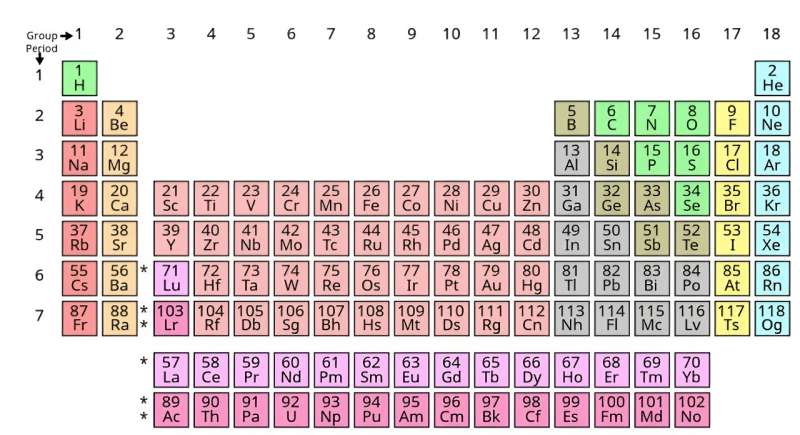
For centuries, the quest for new elements was a driving force in many scientific disciplines. Understanding an atom's structure and the development of nuclear science allowed scientists to accomplish the old goal of alchemists—turning one element into another.
Over the past few decades, scientists in the United States, Germany and Russia have figured out how to use special tools to combine two atomic nuclei and create new, superheavy elements.
These heavy elements usually aren't stable. Heavier elements have more protons, or positively charged particles in the nucleus; some that scientists have created have up to 118. With that many protons, the electromagnetic repulsive forces between protons in the atomic nuclei overwhelm the attractive nuclear force that keeps the nucleus together.
Scientists have predicted for a long time that elements with around 164 protons could have a relatively long half-life, or even be stable.
NASA tech breathes life into potentially game-changing antenna design
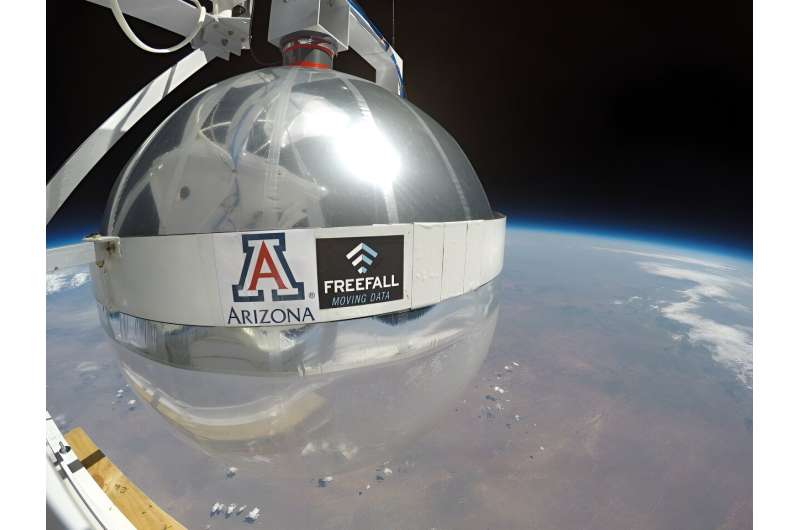
Some 30 years ago, a young engineer named Christopher Walker was home in the evening making chocolate pudding when he got what turned out to be a very serendipitous call from his mother.
Taking the call, he shut off the stove and stretched plastic wrap over the pot to keep the pudding fresh. By the time he returned, the cooling air in the pot had drawn the wrap into a concave shape, and in that warped plastic, he saw something—the magnified reflection of an overhead lightbulb—that gave him an idea that could revolutionize space-based sensing and communications.
That idea became the Large Balloon Reflector (LBR), an inflatable device that creates wide collection apertures that weigh a fraction of today's deployable antennas.
Dealing with space debris
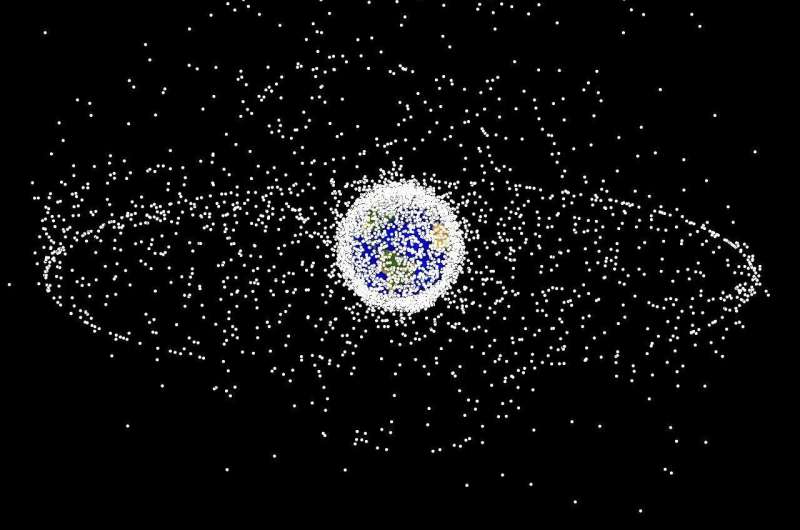
As yet another space rocket is launched and more technology is placed into orbit, the problem of space junk grows and grows, not to mention the pollution from all the fuel burned en route.
A review in the International Journal of Student Project Reporting has looked at possible solutions to the problem of the abundance of space junk. Jennifer Stein, David Castillo, Elise Bedell, Erriana Thomas, and Nicolas Valiente of the University of Florida in Gainesville, Florida, U.S., have looked at whether there are cost-effective, environmentally benign, and efficient methods that might be used to minimize the harm from debris in space, which can damage other craft in orbit, potentially harm astronauts, and represent a risk when it falls to earth.
Space junk can be defined as non-functional man-made objects that remain in near-Earth orbit. There is growing concern regarding such debris as there is no way to track it all, especially debris less than 10 millimeters or so in width nor to allow for potential hazards to spacecraft and satellites. Anything larger can be monitored and tracked with telescopes or radar.
NASA rocket to see sizzling edge of star-forming supernova
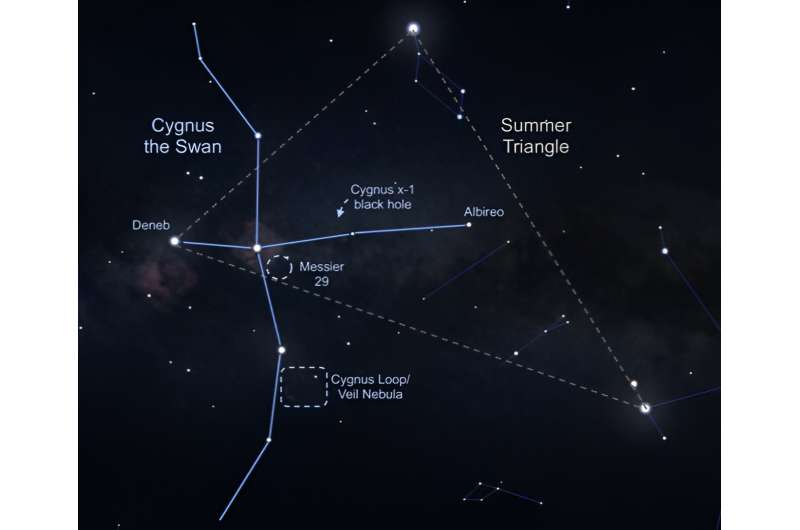
A new sounding rocket mission is headed to space to understand how explosive stellar deaths lay the groundwork for new star systems. The Integral Field Ultraviolet Spectroscopic Experiment, or INFUSE, sounding rocket mission, will launch from the White Sands Missile Range in New Mexico on Oct. 29, 2023, at 9:35 p.m. MDT.
For a few months each year, the constellation Cygnus (Latin for "swan") swoops through the northern hemisphere's night sky.
New technologies for the future of European space

What do bacteria-based food production, avalanche monitoring and the mapping of Venus have in common? They can all be found among the topics of the 47 research and development activities funded by ESA's Discovery & Preparation programme between January and June 2023.
Russian space boss warns ISS equipment beyond warranty
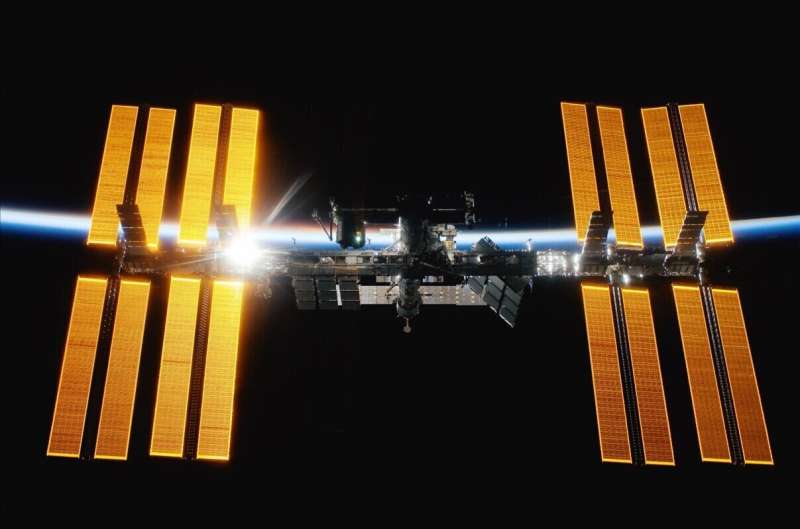
Moscow's Roscosmos space chief warned Friday that most Russian equipment on the International Space Station (ISS) was beyond its warranty, weeks after the station's Russian segment sprang another coolant leak.
The leak, Russia's third in less than a year, raised new questions about the reliability of the country's space program, even as officials said crew members were not in danger.
"The International Space Station is approaching the finish line of its existence," Roscosmos boss Yuri Borisov said on state television.
"We extended the operation of the Russian segment by government decision until 2028, but, unfortunately, it has already exceeded all permissible periods of existence," he said.
"Eighty percent of the Russian equipment is beyond the warranty period," he warned.
Moscow's once pioneering space program has faced multiple setbacks since the collapse of the USSR, including the loss of two Mars missions and its first lunar probe in almost 50 years this August.
In the same interview, Borisov said there were "serious conclusions" to draw from the recent Luna-25 crash.
"Luna-25 was 16 years in the making," he said.

